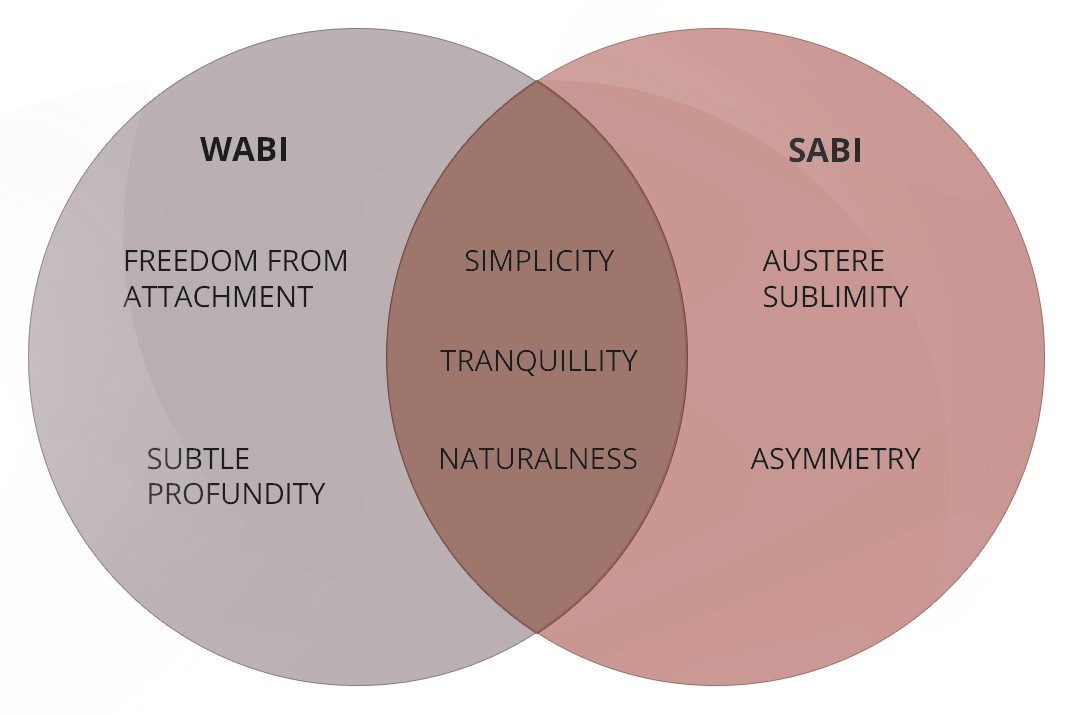from the simple lifestyles of the monks who lived a life of wabi, referred to as wabizumai. ( Wabi here means solitary and simple and zumai being a verb extension meaning to live.)
Andrew Juniper • Wabi Sabi: The Japanese Art of Impermanence
If an object or expression can bring about, within us, a sense of serene melancholy and a spiritual longing, then that object could be said to be wabi sabi.
Andrew Juniper • Wabi Sabi: The Japanese Art of Impermanence
Wabi-sabi values character and uniqueness over a shiny facade. It teaches that cracks and scratches in things should be embraced. It’s also about simplicity. You strip things down and then use what you have.
Jason Fried • ReWork: Change the Way You Work Forever
Zen’s direct approach and its determination to avoid explanations gave it a more direct vision of nature rather than a verbal interpretation of it. In
